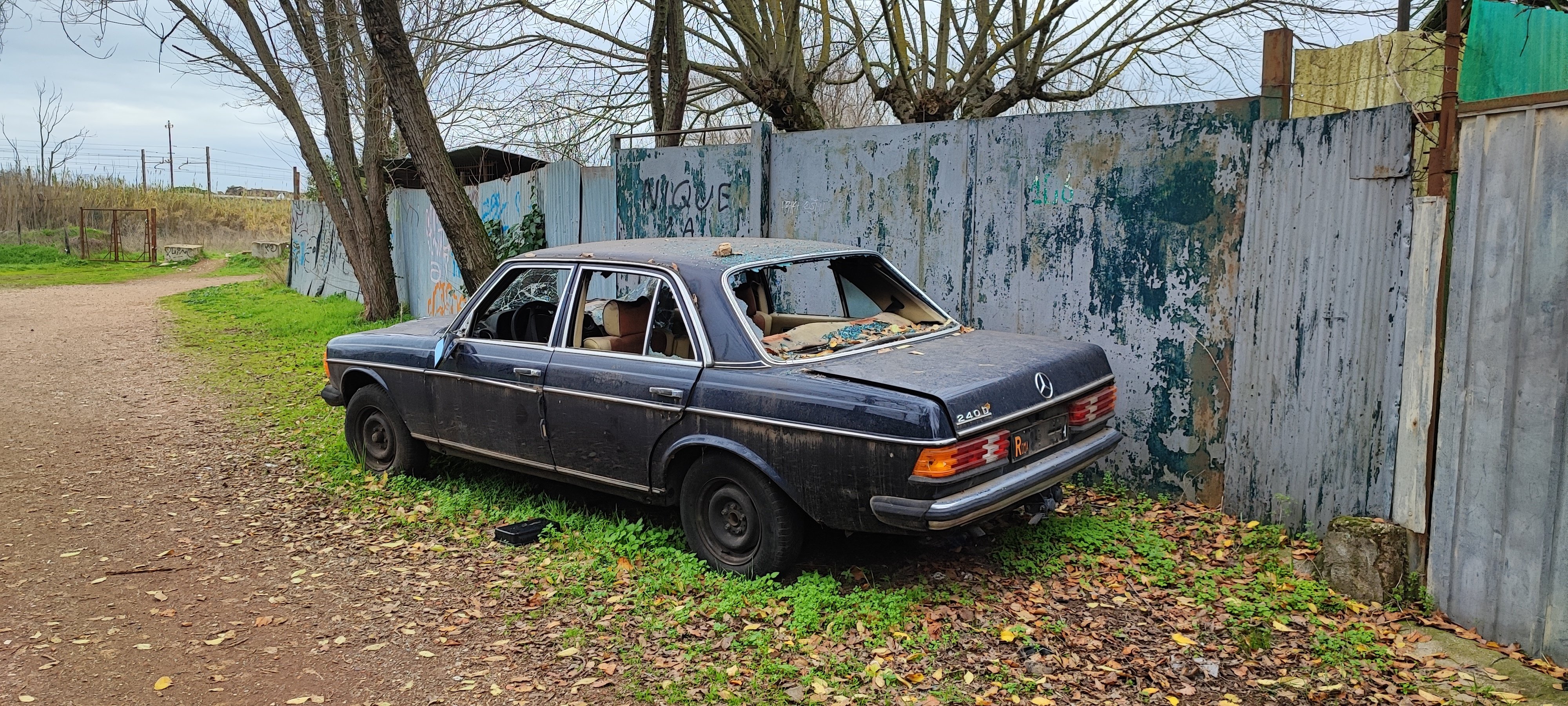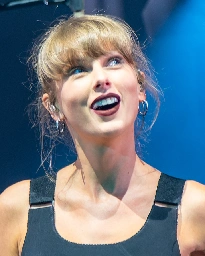Have you ever tried using an ozone generator in the refrigerator? A colleague of mine said that vegetables stay fresh much longer, but I wasn't convinced.
Are Chinese vehicles up to European safety standards? Could you share the characteristics of the vehicles you are referring to?
Euro NCAP (European New Car Assessment Programme) is an independent organization that evaluates the safety of new cars in Europe. Here are some key aspects of the vehicles they assess:
-
Crashworthiness:
- Frontal Impact: Assesses protection for occupants in a head-on collision.
- Side Impact: Evaluates protection in a side collision.
- Pole Impact: Tests the car’s safety when it crashes into a rigid pole.
-
Safety Assist Technologies:
- Autonomous Emergency Braking (AEB): Tests the vehicle’s ability to automatically brake to prevent or mitigate a collision.
- Lane Keeping Assist (LKA): Evaluates systems that help keep the vehicle in its lane.
- Speed Assistance: Assesses systems that help drivers comply with speed limits.
-
Pedestrian and Vulnerable Road User Protection:
- Evaluates how well the car protects pedestrians in case of an impact.
- Tests include pedestrian head, pelvis, and leg impacts.
-
Rescue and Extrication:
- Examines how easily occupants can be rescued after a crash.
- Assesses availability of information for emergency services.
-
Child Occupant Protection:
- Tests the safety features for child passengers.
- Uses child dummies in various seating positions to evaluate protection.
-
Driver and Passenger Protection:
- Evaluates protection levels for both the driver and adult passengers.
- Includes assessment of airbags, seat belts, and overall structural integrity.
-
Post-Crash Safety:
- Assesses features that assist after a crash, such as eCall systems that automatically alert emergency services.
These characteristics highlight the comprehensive approach Euro NCAP takes to evaluate the safety of vehicles sold in Europe.
Abandoned vehicle at the entrance of a park.


When I returned from my walk, the license plate had been removed.
Wow! Do you happen to have any other photos of the same subject? I know this place, and I think you’ve captured a beautiful perspective.
Nice photo
It’s back-to-back titles for the Italian as a drama-filled Valencia GP unfolds, with Martin and the #93 crashing together early into the race

Sensational Sinner secures Davis Cup title for Italy
Italy are world champions for the first time since 1976 after Jannik Sinner produced yet another spellbinding performance to overcome Australia's Alex de Minaur
Italy are Davis Cup champions for the first time in 47 years after beating Australia 2-0 in Sunday’s final
Millennial Internet Tics Have Gone From Cool to Cringey
By Kate Lindsay
It took me two years to post my first TikTok. I’d press “Record,” mumble into the camera, and hastily hit delete before anyone could see just how awkward I was on video. I took the plunge only after practicing enough to eliminate any telltale signs that I was a near-30-year-old trying to be cool. Or so I thought.
Apparently, I’m still guilty of the “Millennial pause.” After hitting “Record,” I wait a split second before I start speaking, just to make sure that TikTok is actually recording. Last year, @nisipisa, a 28-year-old YouTuber and TikToker who lives in Boston, coined the term in a TikTok about how even Taylor Swift can’t avoid the cringey pause in her videos. “God! Will she ever stop being relatable,” @nisipisa, herself a Millennial, says. Gen Zers make up a larger portion of TikTok’s base, and have grown up filming themselves enough to trust that they’re recording correctly. Which is why, as short-form video comes to Instagram (Reels), YouTube (Shorts), and Snapchat (Spotlight), the Millennial pause is becoming easier to spot.
Unfortunately for me, today’s most culturally influential social platforms are not geared around Millennials anymore, and the pause is far from the only giveaway. Millennials—and their mannerisms—defined the online ecosystem that has ruled for a decade plus, treating sites such as MySpace, Tumblr, Facebook, and Twitter as the jungle gyms in their internet playground. But now that we’re well into the TikTok era, the cracks are starting to show. Instagram and Facebook, while still popular, are attempting to capture the magic of TikTok by pivoting to videos and other ultra-sharable content that doesn’t come quite as naturally to Millennials (even ones born in the early 1990s, like me). Now that Gen Z has all the attention, the internet quirks that Millennials have called their own for years can feel a bit stale, if not downright cringey. The first generation to grow up with social media in the mobile web era, Millennials are now becoming the first generation to subsequently age out of it, stuck parroting the hallmarks of a bygone digital age.
Once my eyes were opened to the Millennial pause, I started noticing my age in every part of my internet experience. I get confused whenever Instagram changes its layout. I use GIFs to make jokes in Slack. I have posted song lyrics on my Instagram Story. The range of mannerisms is so broad, the signs such a staple of my online behavior for the past 15 years, that it’s not even worth trying to fight them.
Naturally, Gen Z has picked up on them too, and the mockery that was once reserved for Boomers is now coming for me. “The way the quintessential Millennial behaves online is basically a bunch of silly little nuances strung together to create a personality that is very giddy and excitable about the normal or mundane,” Michael Stevens, a 24-year-old TikTok creator based in New England, told me over email. His impressions of Millennials have received millions of views on TikTok. Those “silly little nuances” include starting videos with a sigh, doing dramatic zooms into their own faces for emphasis, and using phrases popularized on Twitter and Tumblr—like “doggo” and “I can’t even”—in real life. “My husband just went to the new Trader Joe’s next to our house and I think it wins the internet for the day,” Stevens says in a Millennial parody from July. “If this is adulting, sign me up.”
Millennial internetisms exist because they were, at one time, the mainstream way of talking online. In 2014, someone tweeting that Parks and Recreation’s Leslie Knope and Ben Wyatt gave them “all the feels” would have been acceptable, but now Gen Z just uses it as fodder for some secondhand embarrassment, the same way that Millennials groan when their Boomer parents try to navigate an Apple TV. Millennial-isms have made for a whole genre of parody. On TikTok, the creator Bianca Scaglione makes Millennial parodies for her 910,000 followers, specifically skewering their awkwardness on a livestream. (“And then they accidentally end the live by trying to do a filter,” she captioned one impression.) Other creators have mocked Millennials for how they pose in photos (taking selfies from above is so over), for using Gen Z phrases (“slay, bestie”) on TikTok, for adopting something called a “BuzzFeed accent” when they talk to the camera. The list goes on: Millennials take Instagram way too seriously, using portrait mode and filling their captions with forced puns. They love to turn their social-media bios into lists—for instance, mine would read: “Kate. Ravenclaw. Cat mom. Knitting enthusiast. PA > OH > NYC.”
And, given their need to insert themselves into every new internet trend, Millennials are also sometimes active participants in their own critique. Since they can’t beat the Gen Z creators parodying them, some Millennials have joined them, re-creating the fashion, hair, and makeup of their youth in similarly popular videos.
Millennials aren’t the only generation that has been boiled down to broad and often unflattering stereotypes online: the notions that Boomers hate change, for example, or that Gen Xers are slackers. In 2019, the phrase OK Boomer took off online across both Gen Z and Millennial users as a symbol of collective exhaustion with battling the stereotypes handed down to them from above. That same year, a Facebook group titled “A group where we all pretend to be boomers” launched; 285,000 members still role-play daily, posting pixelated memes about cars and asking things like “DID anyone ELSE LOSE POWER??”
But that kind of mockery is different. Although Boomers fell out of the internet zeitgeist, they never had as far to fall as Millennials—the first cohort to watch their youth fade in real time, with evidence of their growing irrelevance meticulously documented in memes, trends, and headlines published on the very internet they once reigned over. They’re no longer the hot new item brands are scrambling to attract, nor the ones the world is turning to for the next fashion trend. The internet has moved on, and Millennials can either adapt or, like a Gen Xer still listening to Pearl Jam, not care if their choices make them seem old.
None of this is necessarily a bad thing, even if it bruises my ego. A 35-year-old desperately adopting the mannerisms of a 20-year-old is a different kind of cringe. Instead, in spite of the occasional embarrassment, the Millennial tics that remain have gone from trend to nostalgia. And besides, when Gen Alpha comes for Gen Z’s internet, you better believe I’ll have been taking notes.
Millennial pause
A pause in speaking that is present at the start of some recorded video





